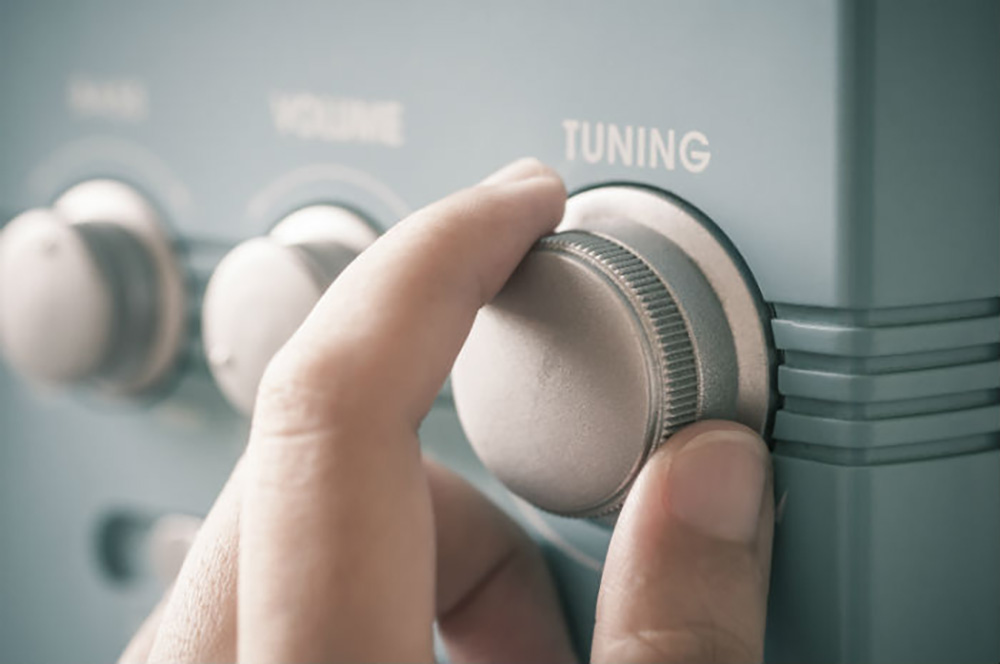
This year programmatic methodology took off like a rocket in U.S. radio, generating $187.5 million or 1 percent of all industry revenue.
Next year, researcher IDC predicts, such revenues will reach $663 million, ultimately ramping up to $4 billion (about 20 percent of all radio advertising sales) in 2020.
Programmatic, one of the fastest-growing segments of advertising worldwide, uses specialized software that automatically purchases ad inventory associated with specific audience segments, reducing waste and effectively eliminating the need for sales team intervention. Originally used to move lower-valued web inventory, the technique is now used across multiple mediums. With the appropriate AdTech in place, buyers can target audience segments much more efficiently by evaluating real-time data and matching activity to sales on a dashboard.
Though U.S. companies planned to spend 4.1 percent of their marketing budgets on radio this year, nearly 40 percent of client-side marketers have little awareness of programmatic buying, says a recent poll by the Association of National Advertisers. An even greater number lack the technology to implement and measure such campaigns.
Some trends in the realm of programmatic radio:
- iHeartMedia is at the forefront since partnering with programmatic advertising platform Jelli to develop tools allowing for programmatic purchases on its 850-some radio stations.
- Sales teams are focusing more on selling itself now that the “back end” of placing and tracking ads is largely being accomplished by software, says Jelli CEO Mike Dougherty. He predicts programmatic trading will result in a higher percentage of national ads on radio.
- The methodology is allowing for ad campaigns more closely localized to regions and cultures. “Someone listening to the stream of a Turkish radio station while in New York City, for example, may soon hear commercials for New York businesses, rather than the Turkish ads playing on that stream locally,” explains John Rosso of Triton Digital.
- Some analysts anticipate drops in per-ad prices as broadcasters seek to unload unsold inventory. “These price declines have occurred on the web,” confirms Jeff Haley on Triton Digital. “However, inventory is finite, controls can be more disciplined, and I believe if the right platform and right information is maintained, radio should see new revenue streams from this improved information flow.”
- Brussels-based trade group Egta predicts “more creative cases of radio communication from advertisers such as KFC, McDonald’s, Burger King, Unilever, Mondelez, eBay, PayPal and many others who have already increased their investments in radio.”
- Newsgeneration.com cites statistics showing 93 percent of U.S. residents listen to AM/FM radio over the airwaves, surpassing TV viewership (85 percent), PC use (50 percent), smartphone use (74 percent) and tablet use (29 percent). It reports 265 million Americans 6 and older, including 66 millennials, listen to the radio each week.
“Programmatic is already an important and expected method of ad buying in the digital space,” notes iHeartMedia CEO Bob Pittman. “Now we can bring broadcast radio into that world at a scale no digital audio provider can offer.”
Contact RingSquared about how programmatic radio buys can be maximized using pay-per-call campaigns.
Explore RingSquared
- AccessPlus to Acquire Crocker Communications, Inc.
- RingSquared Earns Perfect Score & Commendation for Consecutive Year
- Meet RingSquared at Contact.io – Schedule Your Meeting Now!
- RingSquared Announces Partnership with Driver Keawn Tandon
- Unlock Flexibility with RingSquared’s Business Voice


